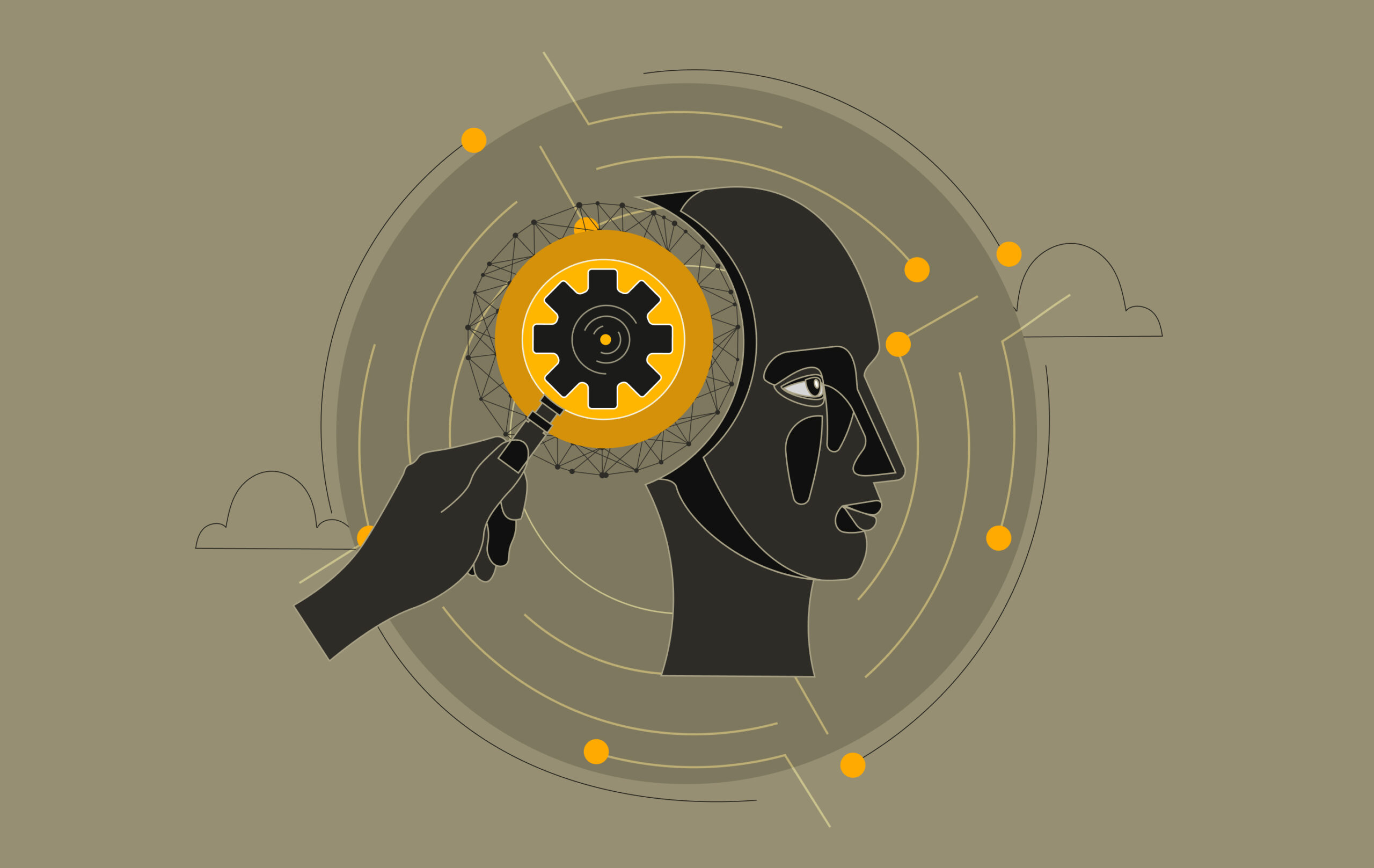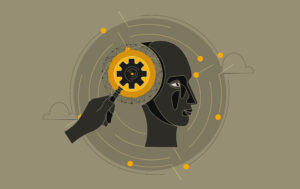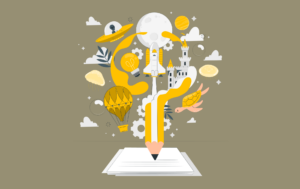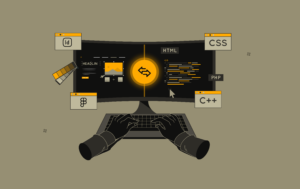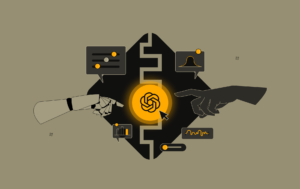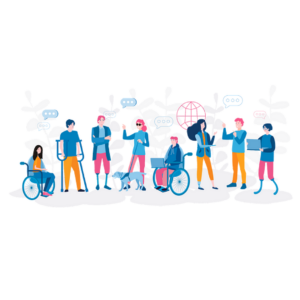AI and UX design are coming together in exciting ways in the digital world. AI, with its ability to predict, analyze data, and automate tasks, is changing how we think about User Experience. As a UI UX design professional, I’d like to explore this blend with you. We’ll look at the good stuff, the challenges, and what’s coming next in this field. Join me as we navigate the captivating intersection of AI and UX design, charting a course toward innovative, user-centric experiences.
What is AI?
AI, or Artificial Intelligence, is about making machines that can think and solve problems like humans. It includes things like machine learning, understanding language, seeing images, and robotics. AI can look at lots of data, find patterns, make choices, and get better at tasks without being told exactly what to do each time. We see AI in many places – from Siri on our phones to self-driving cars, helping doctors, and suggesting what we might like to watch or buy online. The goal of AI is to copy human-like thinking to make tasks easier, solve tricky problems, and work better in many areas of life and business.
AI and UX (User Experience) Intersect
1. Personalization: AI enables personalized user experiences by analyzing user behavior, preferences, and past interactions. This data-driven approach allows designers to tailor interfaces, content, and recommendations to individual users, enhancing engagement and satisfaction.
2. Predictive Design: AI algorithms can predict user actions and preferences, enabling anticipatory design. By understanding user intents and behavior patterns, designers can pre-emptively address user needs, streamline workflows, and provide intuitive interfaces that adapt in real-time.
3. Automation: AI-powered automation streamlines repetitive tasks, reducing user effort and improving efficiency. This can include automating user inputs, generating dynamic content, or even predicting errors before they occur, thereby enhancing the overall user experience.
4. Natural Language Processing (NLP): AI-driven NLP enables intuitive human-computer interactions through voice commands, chatbots, and virtual assistants. By understanding and responding to natural language queries, systems provide seamless and user-friendly interfaces, simplifying complex interactions.
5. Data-Driven Insights: AI analyzes user feedback, usage patterns, and other data to derive actionable insights for UX optimization. By leveraging data analytics, designers can identify pain points, optimize user flows, and continuously iterate to improve the overall user experience.
Benefits of AI in UX
- Efficiency: AI-powered automation streamlines repetitive tasks, reducing user effort and improving efficiency. This frees up users to focus on more meaningful interactions and tasks within the interface.
- Enhanced Accessibility: AI-driven solutions can improve accessibility for users with disabilities. Through features like voice commands, natural language processing, and assistive technologies, AI helps make digital experiences more inclusive and usable for all users.
- Continuous Improvement: AI facilitates continuous iteration and improvement of UX design. By analyzing user feedback and performance metrics in real-time, designers can identify areas for enhancement and implement iterative changes to optimize the user experience over time.
- User Support: AI-powered chatbots and virtual assistants provide instant support and guidance to users, enhancing their experience and reducing frustration. These intelligent assistants can answer queries, provide assistance, and guide users through complex tasks, improving overall usability
Risks Associated
- Bias and Fairness: AI algorithms may inadvertently perpetuate biases present in the training data, leading to unfair or discriminatory outcomes. Designers must mitigate bias by carefully selecting and preprocessing training data and regularly auditing AI systems for fairness.
- Privacy Concerns: AI systems often rely on large amounts of user data to make personalized recommendations and predictions. However, collecting and analyzing sensitive user data raises privacy concerns, especially if it is not adequately protected or anonymized.
- Transparency and Trust: AI-powered systems can be opaque and difficult to understand, making it challenging for users to trust their recommendations or decisions. Designers should strive to make AI-driven interactions transparent and explainable to users to foster trust and acceptance.
- Security Risks: AI systems may be vulnerable to attacks or manipulation, particularly if they are trained on maliciously crafted data or targeted by adversarial attacks. Designers must implement robust security measures to protect AI models and user data from exploitation.
- Unintended Consequences: AI-driven optimizations and personalization efforts may have unintended consequences, such as filter bubbles or echo chambers, where users are only exposed to information that aligns with their existing beliefs or preferences.
- User Alienation: AI-driven interfaces that are too predictive or anticipatory may make users feel surveilled or manipulated, leading to a sense of alienation or distrust. Designers should strike a balance between personalization and user autonomy to avoid these negative outcomes.
- Lack of User Control: AI-powered systems may limit users’ control over their own experiences, especially if they override user preferences or actions based on algorithmic predictions. Providing users with meaningful control and customization options is essential for maintaining a positive user experience
Conclusion
AI brings both benefits and challenges to UX (user experience). At its core, UX is about understanding users and solving their problems. While AI is a powerful tool that helps us analyze user data and save time, it can’t replace human insight and creativity. AI supports our work in UX, but the human touch remains essential. It’s a helpful assistant that makes our job easier, allowing us to focus on what matters most – creating great experiences for users.
References
- https://www.linkedin.com/pulse/exploring-potential-ai-ux-designwithpro
- https://copperdigital.com/blog/how-artificial-intelligence-ai-will-affect-the-ux-industry/
- https://www.depalmastudios.com/blog/ai-ux-design#:~:text=Conclusion-,The%20Role%20of%20AI%20in%20UX%20Design,only%20possible%20but%20highly%20efficient.
- https://academy.constructor.org/blog/the-rise-of-ai-in-uxui-design
- https://indiaai.gov.in/article/enhancements-and-limitations-of-ai-in-ux-design
